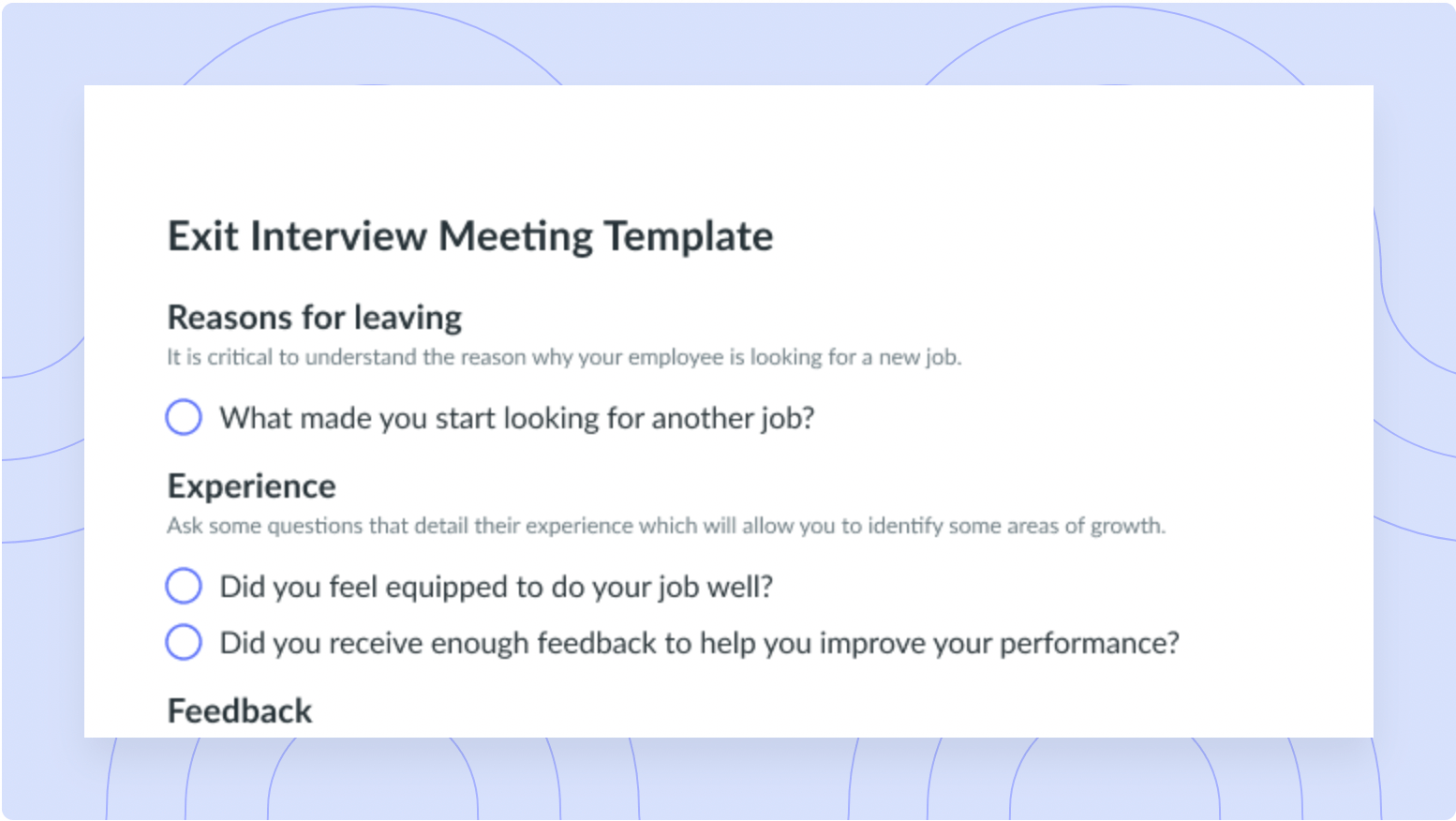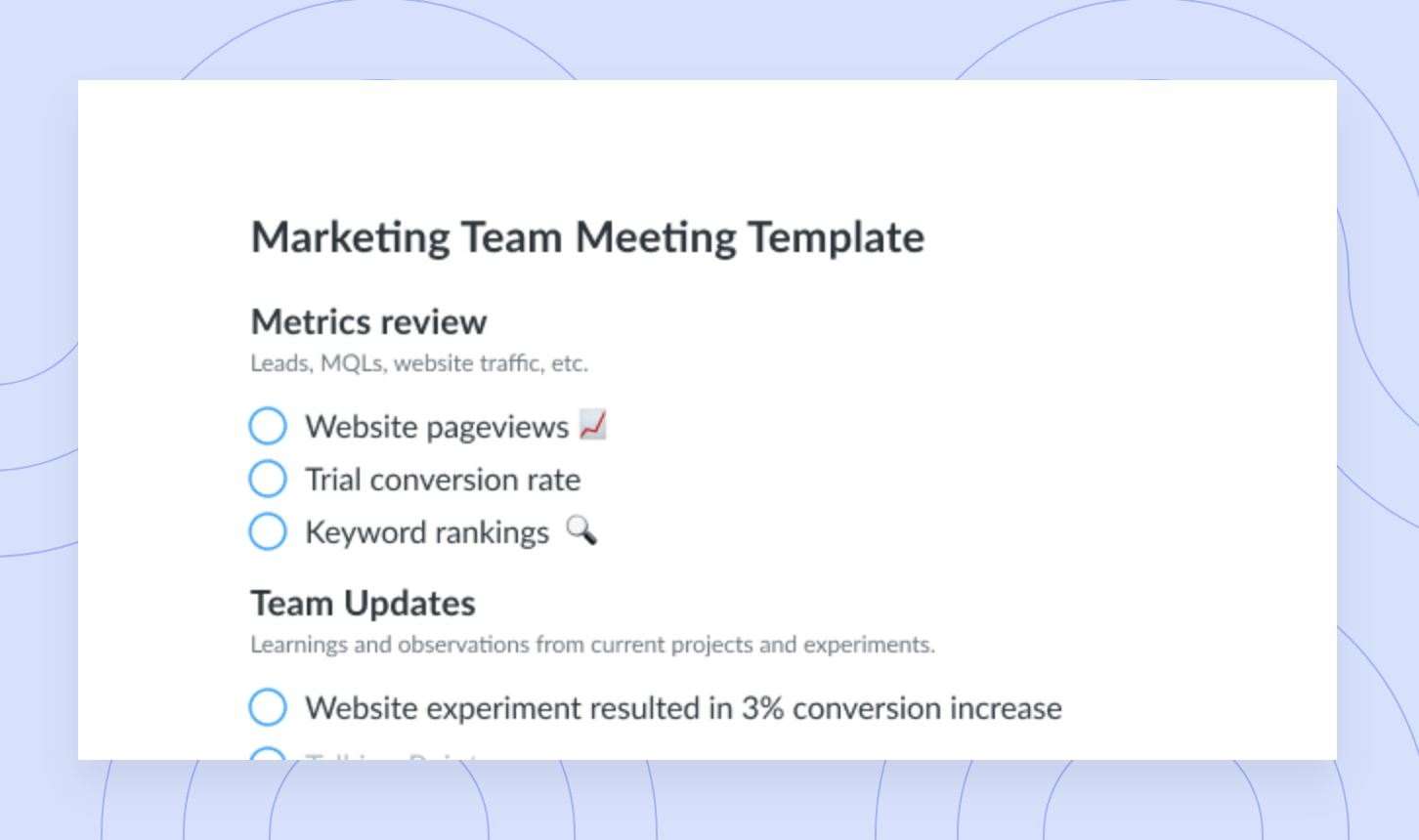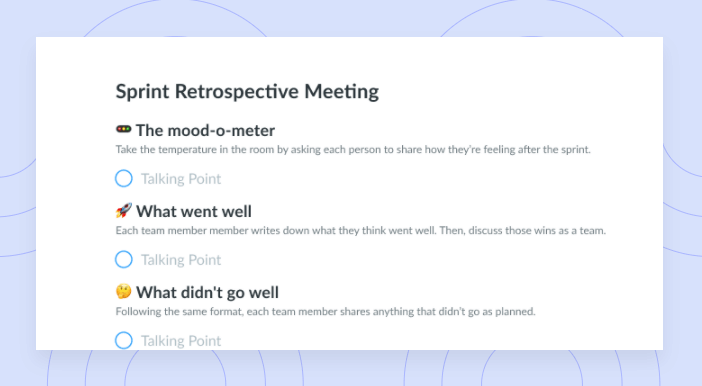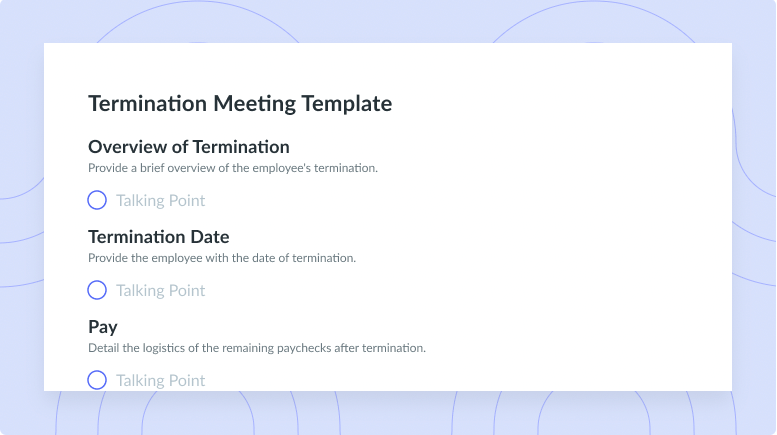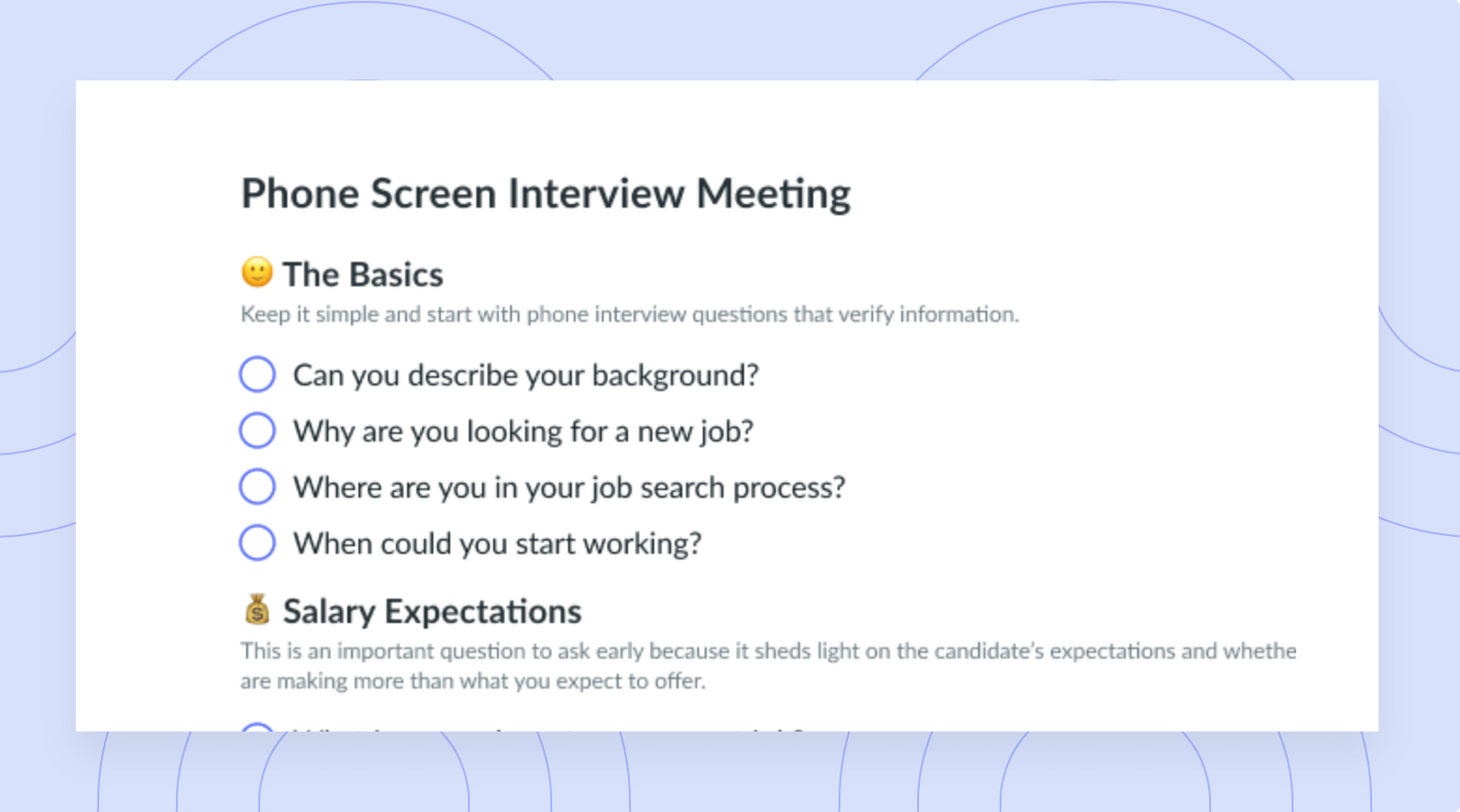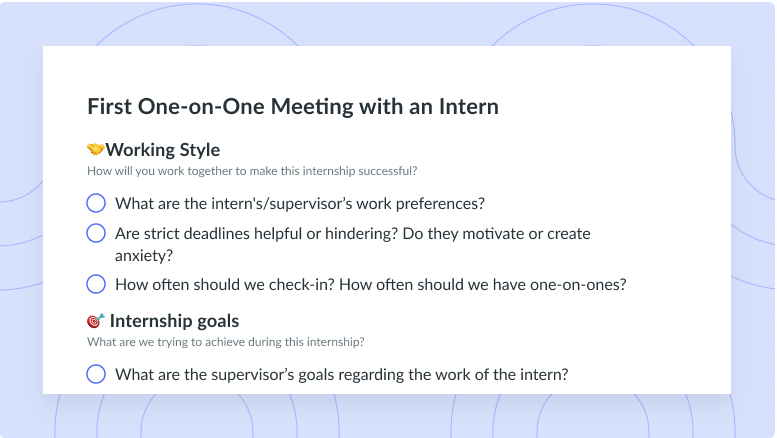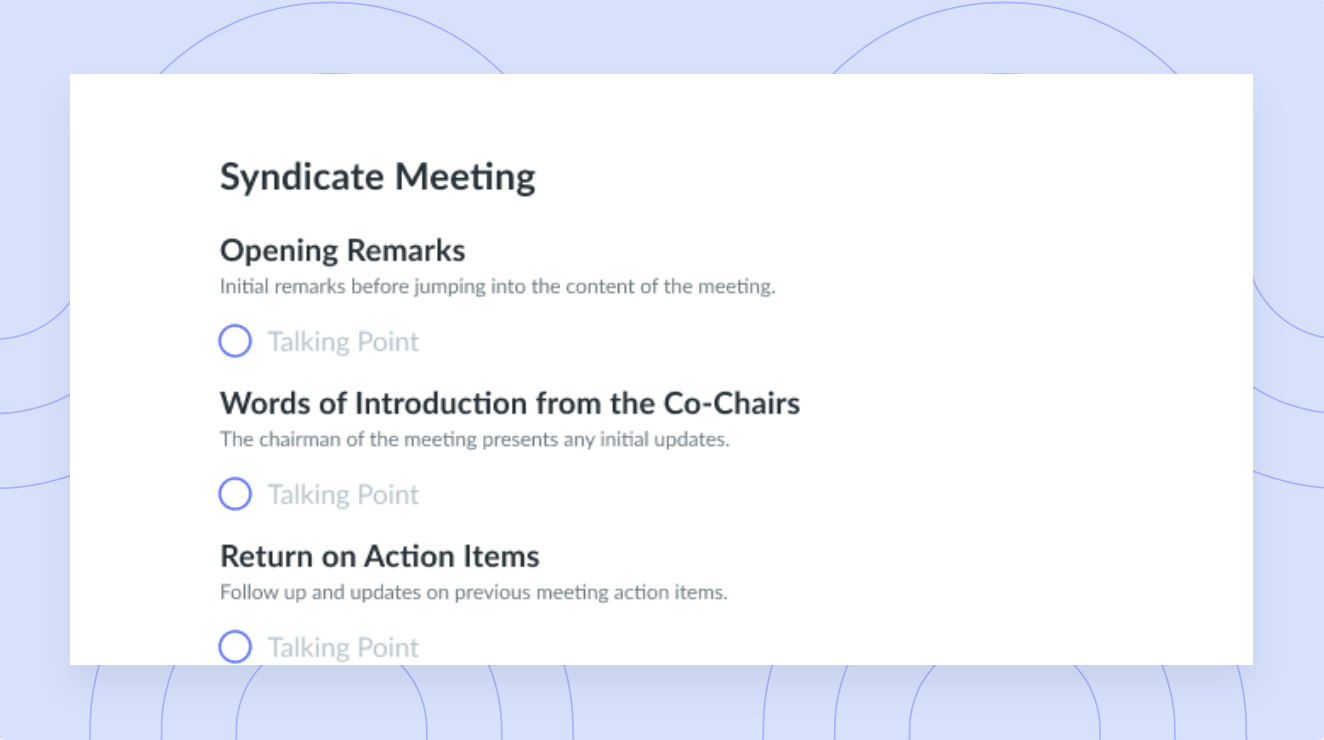How Managers Can Motivate Employees: 26 Effective Ways
Motivated employees are key to a high-performing and successful team. Learn 26 ways managers can motivate their team to get the best results.
Motivated employees are essential for the success of a company. In fact, according to Richard E. Clark and Bror Saxberg, Harvard Business Review contributors, “motivation accounts for 40% of the success of team projects.” However, keeping your employees motivated, especially during COVID-19, can sometimes be challenging. Clark and Saxberg share that four reasons good employees lose motivation are:
1. Mismatched values
2. Lack of self-efficacy
3. Disruptive emotions
4. Attribution errors
Ultimately, to produce high-performing and productive teams managers need to motivate their employees. So, keep reading to discover 26 ways managers can motivate their employees!
Why should managers motivate employees?
Motivation is measured by employees’ willingness to get work done. A motivated employee gets their job done in a timely manner, works hard, and is always looking for more opportunities to learn new skills and grow in their career. Therefore, managers should motivate their employees to foster productive hard work.
Additionally, it’s the manager’s responsibility to give regular feedback on employees’ progress. Thus, managers are the most up-to-date people on their employees’ work habits, making them the perfect person to monitor employee motivation.

Incorporate good meeting habits
Employees who receive consistent feedback feel more fulfilled in their job. Give the gift of feedback regularly with a tool like Fellow.

26 ways for managers to motivate employees
According to Positive Psychology, “finding ways to increase motivation is crucial because it allows us to change behavior, develop competencies, be creative, set goals, grow interests, make plans, develop talents, and boost engagement.” So, let’s explore 26 ways for managers to motivate their employees…
- Share recognition of a job well done
- Learn personal motivators
- Show genuine interest
- Create stretch goals
- Take the company culture virtual
- Create psychological safety
- Encourage career growth
- Expand their responsibilities
- Spend more time with them
- Provide feedback
- Hold regular one-on-one meetings
- Explain the reasoning behind decisions
- Give your team autonomy
- Offer flexible work hours
- Gamify tasks
- Encourage friendly competition
- Lead by example
- Encourage creativity
- Make meetings fun
- Say thank you
- Create a fun tradition
- Bring in little surprises
- Notice signs of burnout
- Offer time off for mental health
- Listen to their problems
- Show vulnerability
1 Share recognition of a job well done
It’s easy to get caught up in our daily work and forget all of the amazing things our team members are working on. However, simple recognition goes a long way in reminding employees that their work is valued and appreciated; this also motivates employees to keep doing an amazing job.
Manuela Bárcenas, head of marketing at Fellow.app, says to always tell employees when you think that they’re great at something, since this recognition serves as a motivation boost. One way to do this is by including a shoutouts section on your meeting agenda. In this section, employees can give other employees shoutouts for something they think deserves recognition.
2 Learn personal motivators
Each person has something different that motivates them, and it’s important to understand what each person’s motivator is. For example, one of my biggest motivators is building up my portfolio and gaining experience as an intern. For other senior workers, their motivators may be public recognition or monetary incentives.
Sara Varni, CMO of Twilio and Supermanager podcast guest, summarized this perfectly, saying, “what motivates you as an employee might not motivate your team members. Getting down to what truly motivates each employee is really critical if you want to drive optimal results across that entire team.”
3 Show genuine interest
Has your manager ever wished you a happy birthday? Or perhaps even gotten you a gift? These small yet personal things can make an employee feel valued and cared about. A study by Adam Grant and Francesca Gino found that employees were more productive when they felt grateful for their manager. Thus, managers should show genuine interest in their employees to foster appreciation, resulting in increased productivity and motivation.
4 Create stretch goals
Harvard Business Review demonstrates that stretch goals are extremely difficult and novel in comparison to regular goals; “Stretch goals involve radical expectations that go beyond current capabilities and performance.” However, while stretch goals present some difficulties, they also come with some benefits.
Steven Denning, Forbes contributor, explains the benefits of stretch goals by looking at mediocrity; “If we set aside the idea of stretch goals just because they are difficult to attain, then we start down a path to mediocrity.” Dennings uses the example of a hospital: if we aim for mediocrity, what is the acceptable amount of injuries or deaths caused by medical care? The answer is none, obviously. “The fact that these goals are not easy to achieve, i.e. they are stretch goals, doesn’t make them any less worthwhile, compelling or inspiring,” says Denning. Thus, managers should create stretch goals to motivate employees to work above mediocrity and strive for 100%.
5 Take the company culture virtual
According to a Harvard Business Review study, “companies most famous for their cultures — from Southwest Airlines to Trader Joe’s — maximize the good motives, while minimizing the bad ones.” Thus, a good company culture positively motivates employees. And with more companies going remote, managers should take their good company culture virtual to foster the same motivation online.
“A well-defined, inclusive and positive corporate culture is the glue that binds an organization and its employees.” – Paul McDonald, Forbes Contributor.
6 Create psychological safety
Danielle Leong, director of engineering at GitHub and Supermanager podcast guest, says that psychological safety is the ability for employees to speak up about their needs in a safe environment. “Consent and safety are incredibly important because that means that people are able to contribute fully to all of the ideas,” says Leong. Thus, if employees feel safe in their environment, they are more likely to contribute and become more motivated.
Here are 7 ways that managers can promote a psychologically safe environment:
1. Promote an empowering culture
2. Learn to handle opposing views
3. Ask for criticism
4. Engage human to human
5. Encourage risk-taking and failure
6. Provide constructive feedback
7. Speak last
7 Encourage career growth
“At times when career paths were clear, individuals tended to be more motivated, with tangible goals to work toward. At times when career paths were dim or nonexistent, individuals tended to be less motivated, less focused, more uncertain,” says Victor Lipman, Forbes contributor. So, managers need to encourage career growth to keep employees motivated.
8 Expand their responsibilities
If employees don’t have a lot of work or responsibilities, they are more likely to become bored and unmotivated. Therefore, managers should ensure that employees always have enough work and responsibilities to keep them busy.
However, it’s important to keep in mind that there can be a fine line between providing enough work to keep employees busy and overworking employees. Managers need to know each team member’s bandwidth to understand how much the employee can take on.
9 Spend more time with them
When there’s a disconnect between managers and employees, the disconnect can create an untrusting and overall poor culture. Employees can also feel that the company is facilitating an “us versus them” environment where upper management views themselves as more important than other employees.
Managers can eradicate this “us versus them” notion by conducting regular one-on-ones with their employees. These meetings will show that managers care for their employees and want them to grow, which in turn fosters motivation.
10 Provide feedback
Another important thing that managers can do to motivate their employees is provide them with feedback. If somebody doesn’t know what they’re doing wrong, they cannot fix their mistakes. So, managers should give positive and constructive feedback to motivate employees to keep doing what works and improve on what doesn’t.
11 Hold regular one-on-one meetings
As discussed above, regular one-on-one meetings are an excellent way for managers to motivate their employees. Kim Scott, a former leader at YouTube, Google, and Apple, argues in the book Radical Candor that “holding regular 1:1s in which your direct report sets the agenda and you ask questions is a good way to begin building trust”. Thus, one-on-ones where managers set the agenda will help foster trust, ultimately motivating employees.
12 Explain the reasoning behind decisions
Transparency is one of the most important behaviors a manager should adopt when managing a team. If your team doesn’t understand why they’re asked to do something, they’ll be less likely to want to do the assigned task. However, if they know why they’re doing something, they will feel more motivated to get their work done.
For example, if your manager asks you, without context, to write an additional report on top of the work you have for the week, you may feel frustrated by this extra work being put on you. However, if your manager explains that your team is one report away from hitting their monthly goal, you’ll be more motivated to do the extra work.
13 Give your team autonomy
When managers promote autonomy, their employees will be more motivated to get work done, because they don’t have to stop and ask for clarification along the way. This means they can get more work done in a shorter amount of time.
“If we think of entrusting employees with greater autonomy as the encouragement of self-determination, we can expect a greater degree of satisfaction, fulfillment, and engagement at work because the outcomes are likely to be perceived as the result of their own inherent ability.” – Holger Reisinger and Dane Fetterer, Harvard Business Review contributors.
14 Offer flexible work hours
According to Benjamin Rojas, president and lead developer of AIOSEO, remote workers are typically more productive than in-person workers. Rojas attributes this extra productivity to workers’ ability to set their own schedules rather than working the typical 9 to 5. “The hours when an employee is the most productive depends on their personality type and lifestyle, so offering a flexible work schedule can significantly increase productivity,” says Rojas. So, if managers offer their employees flexible work hours, the employees will be more motivated to work since they’ll be able to do so on a schedule that works for them.
15 Gamify tasks
Gamification is the idea of turning tasks into game mechanisms such as leaderboards, rewards, and points. “When done right, gamification can create a sense of excitement among individuals and boost productivity,” says Stephen Baer, Forbes contributor. Thus, managers should gamify tasks to motivate employees to get their work done.
16 Encourage friendly competition
Also according to Baer, “increased motivation and relationship-building are just two of the many benefits that competition with coworkers creates.” Managers can facilitate motivation through friendly competition by holding contests that result in a small reward. For example, whichever marketing employee contributes the best social copies for the month will win a gift card. In this instance, the marketing employees will be motivated to contribute their best work to win the prize.
17 Lead by example
As a manager, you’re your employees’ role model, whether they look to you for guidance or as a mentor. So, you should lead by example to show your employees what good work looks like. For instance, if a manager is lazy and unmotivated, their employees will reflect this and likely act the same. However, if a manager is passionate, hard-working, and motivated, their employee will want to contribute to this success by being motivated.
18 Encourage creativity
It doesn’t always matter how things get done, but rather that they get done at all. Each person will have their own creative way of getting their work done; as a manager, you should encourage this creativity and motivate employees to do their work the way that works best for them.
19 Make meetings fun
A good meeting should leave employees feeling recharged and motivated to get to work. Contrarily, a boring meeting is a useless and ineffective waste of time. Thus, managers need to host fun meetings that leave employees feeling motivated and productive.
Here are 5 ways to avoid hosting boring meetings:
1. Change your scenery
2. Start the meeting creatively
3. End the meeting on a positive note
4. Start with an icebreaker
5. Send meeting memes
20 Say thank you
Thanking your employees is another way to show appreciation for their hard work. This simple gesture will make employees feel valued and want to continue their hard work, therefore fostering motivation. One thing to remember is that there is no job too small to say thank you for. Whether somebody answered your question in a Slack channel or helped you manage your workload, you thanking them can go a long way.
“Employees who feel appreciated and valued tend to have higher levels of job satisfaction. Recognizing, acknowledging and celebrating the differences in each other encourages positive relationships and can foster a productive and harmonious workplace.” – Thalia Rodriguez, Forbes Contributor.
21 Create a fun tradition
Company traditions are a fun way to keep a positive environment and give employees something to look forward to. For example, suppose every time your team hits a goal, they order lunch for all the employees. In that case, employees will feel motivated to get their work done so that they can be rewarded.
22 Bring in little surprises
Similar to how having traditions creates a positive environment, bringing in little surprises for your team also contributes to a good atmosphere. These can be simple things like baked goods, chocolate, or books to borrow. And while this may seem like a small gesture to you, it makes your employees feel cared for and helps create bonds between employees and managers. In turn, your employees’ gratitude will make them more hard-working and motivated employees.
23 Notice signs of burnout
Burnout kills productivity and motivation and affects employees’ mental health and quality of work. Thus, managers need to watch for signs of burnout to ensure that their employees are happy and thriving at the workplace. Here are 6 signs of meeting burnout that managers should watch for:
1. You feel exhausted or tense after a meeting
2. The thought of a meeting makes you mad
3. You easily lose focus during meetings
4. Responsibilities become difficult to handle
5. You experience muscle pain, tension, or insomnia
6. You feel overloaded with information
24 Offer time off for mental health
When an employee is experiencing burnout or suffering from poor mental health, it’s crucial that you offer them time off. One thing that all good managers know is that the well-being of their employees should always come first. Additionally, when employees’ well-being is suffering, they won’t be giving their work their 100%. Therefore, managers need to offer time off for mental health-related or other personal issues so that employees can return to work feeling motivated when they’re ready.
25 Listen to their problems
As mentioned, good managers care for their employees’ well-being by listening to their employees’ problems when they want to share and offering support and advice. Managers should always be there to support their employees, whether the employees are experiencing personal or professional issues. In turn, a trusting and positive relationship will be built between employees and managers, and the support will help employees feel more motivated.
26 Show vulnerability
According to author Amy C. Edmondson and psychologist Tomas Chamorro-Premuzic, “the most effective leaders are the ones who are willing to show their vulnerabilities — who can admit to themselves and others when they are wrong and what they know and don’t know.” Thus, one way that managers can foster motivation is by being vulnerable.
Edmondson and Chamorro-Premuzic also share 5 ways leaders can be more vulnerable:
1. Tell the truth
2. Ask for help
3. Move outside your comfort zone
4. Admit and apologize for your mistakes
5. Engage others in your journey for self-improvement
Parting advice
“Knowing how to motivate your workforce will help ensure they’re enthusiastically bringing their best efforts each day and helping the company meets its sales and performance goals, whatever they might be,” says William Craig, Forbes contributor.
Managers need to learn how to motivate their team members to produce high-performing teams. What works for one person may not work for another, so finding which motivators work for each employee will help your team accomplish more productive and efficient work.










